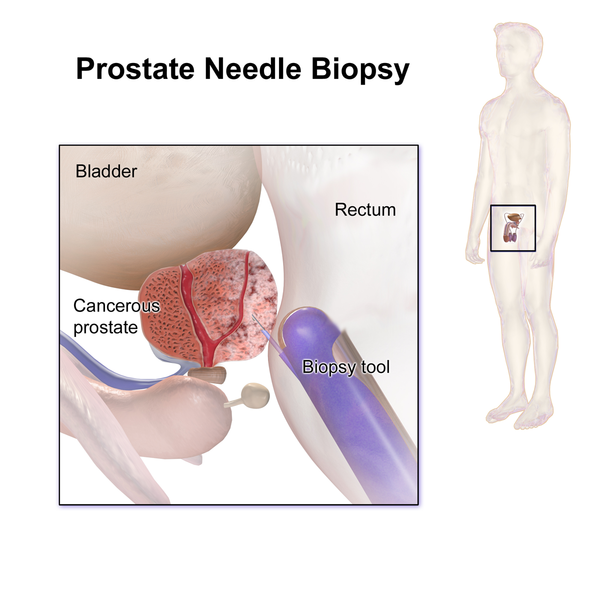Few weeks ago, we wrote about raising awareness on Breast Cancer as part of Pinktober, ( if you missed the article, you can check it out here ), and now with Movember, it is the guys' turn!

Darth Vader growing moustaches in support of Movember :)
Some background about Movember
Movember is an initiative that originally started as a one time activity in 1999, South Australia, where 80 guys had the idea of growing moustaches as charity purposes, and that action went viral across Australia.
In 2004, and also in Australia, another similar initiative took place with an aim to raise awareness about prostate cancer and suicide in men.
The latter group are the ones who initiated the official Movember foundation, it consequently spread across to South Africa, Europe, and then became a world phenomenon.
At present, Movember is celebrated around the world through men (and Darth Vader :P) growing moustaches, and is essentially a reminder about Men's health issues, essentially Prostate Cancer, Testicular Cancer, and Suicide in men (poor mental health)
So for this first part that is today's post, let us focus on Prostate Cancer and shed some light on its symptoms, risks, and treatment.
While these posts tend to get longer than usual, yet i believe the information is essentially useful, so thank you for reading through :)
What is Prostate Cancer?
Prostate Cancer is considered the second most common cancer in men, right after skin cancer. It is characterized by a malicious tumor occurring in the prostate gland - a walnut sized small gland responsible for the production of semen in the male reproductive system.
The disease grows slowly within the prostate gland, and can go unnoticed and without any harmful effects, yet it could also metastasize and spread to nearby organs, particularly to the bones and lymph nodes.

Prostate Gland Position
What are the relevant risk factors?
Several criteria play a role in increasing the risk for prostate cancer.
- Age: Prostate cancer is usually uncommon in men under 45 years old, yet risk increases with age, becoming more common in men over 50 years old. Statistics show that average age of diagnosis at the moment is at 70 years old.
- Genetics: Family history, such as having a first level relative who had this type of cancer increases the risk to double. A family history of more than one first level relative multiplies this by a factor of five, compared to normal individuals. Race also statistically plays a role in risk, whereby black men are more affected than white or hispanic,and with higher mortality rate as reported in the US. Similarly to Breast Cancer in women, BRCA1 and BRCA2 mutations are often linked as risk factors here.
- Obesity: Generally speaking, men with unhealthy diet and obese standing, when diagnosed with prostate cancer, are often found to have advanced stages proving more difficult to treat.
What are the symptoms?
Prostate Cancer can go unnoticed in its early stages. Yet there are at times some symptoms, particularly when the disease has become advanced, including:
- Frequent urination
- Increased urination at night (Nocturia)
- Trouble maintaining or starting steady stream of urine
- Blood in urine (Hematuria)
- Painful urination (Dysuria)
- Erectile dysfunction
- Pelvic/bone pain
How is it diagnosed?
While other types of cancers such as breast cancer are often recommended to have recurring checkup, yet the pros/cons of testing have not tilted the balance towards early detection and testing of Prostate Cancer. In fact, per the American Cancer Association:
Research has not yet proven that the potential benefits of testing outweigh the harms of testing and treatment. The American Cancer Society believes that men should not be tested without learning about what we know and don’t know about the risks and possible benefits of testing and treatment. Starting at age 50, (45 if African American or brother or father suffered from condition before age 65) talk to your doctor about the pros and cons of testing so you can decide if testing is the right choice for you
Still, in order to detect the disease, several tests are employed, with the biopsy being the only sure proof of the tumor, as follows:
- Prostate MRI or Ultrasound: Those represent the two key detection mechanisms for prostate cancer, with the MRI being the more reliable with better soft tissue resolution. (If you missed my article on how MRI scans work, check it out here)
- Digital rectal examination (DRE): Which involves physical examination of the prostate via the rectum by direct touch. The Dr would compare findings against prior examinations done for the patient, but also to sense for any lumps, abnormal size, or other findings that can point out to potential tumor.
- PSA (Prostate specific antigen) blood test: Which basically measures the levels of this protein in blood samples. While not a 100% full proof indicator, yet the higher the levels the higher the risk (4.0 ng/mL or lower are considered normal). Further tests would be required to confirm the case.
- Needle Biopsy: The only reliable method for accurate detection of the tumor. This involves obtaining tissue samples via the rectum via needles insertion. While the process takes less than a second, yet it is often reported as discomforting for men (55% of men in a study reported as such), especially that this could lead to numbness, pain, of blood in urine for a short period afterwards.

Again and to reaffirm, routine screening of the sorts is not recommended at the moment and is highly controversial
What are the treatment approaches:
Not all prostate cancer cases require treatment. In fact, slowly progressing cases found in older population can be left untreated, especially if there are other serious health issues.
The first requirement post detection is surveillance, essentially monitoring the progress of the disease, and then deciding on the course of longer term action.
In case of required treatment, different options are available, depending on the case. Those could include:
- Surgery: which could involve removal of the prostate (radical prostatectomy)
- Radiation Therapy
- Chemotherapy
- High Intensity Focused Ultradsound (HIFA)
- Hormonal Therapy
- Drug Administration (such as Temozolomide)
How to prevent it?
The general recommendations go along living a healthy lifestyle. Eating healthy food, vegetables, fruits, and maintaining a healthy weight are the key prevention mechanisms. A vegetarian diet has been found, under some studies, to reduce risk, yet findings are not definitive.
Maintaining an active lifestyle, with daily exercising habit is a positive overall recommendation. Some evidence stands that men who don't exercise have higher PSA levels.
So, will you grow your moustache this Movember? If you have, show me in the comments, oh and ladies can participate too, check out the pics below :)


See you in part 2 for more Movember awareness!
References:
Photo Credits:
Founder of Arab Steem
Arab Steem is a community project to expand Steemit to the Arab world, by supporting the existing Arab steemians and promoting others to join.
You can connect with us on @arabsteem or via discord channel https://discord.gg/g98z2Ya
Your support is well appreciated!
Proud Member Of
- steemSTEM: SteemSTEM is a project that aims to increase both the quality as well as visibility of Science, Technology, Engineering and Mathematics (and Health). You can check out some great scientific articles via visiting the project tag #steemSTEM , project page @steemstem, or connecting with us on chat https://steemit.chat/channel/steemSTEM
- MAP(Minnows Accelerator Project): MAP is a growing community helping talented minnows accelerate their growth on Steemit.
To join, check out the link at the home page of @accelerator account
Check our some of my Prior Posts
- The Coriolis Effect and how it Affects Objects
- The Napkin Ring Paradox
- Woo Product Remover - Clean up your online woocommerce installation
- Century Old Mystery of The Zipf's Law (And A Cool Experiment)
- Day 7 of my #sevendaybnwchallenge photography
- Day 6 of my #sevendaybnwchallenge photography
- Auriez-Vous Avaler Une Batterie?
- Day 5 of my #sevendaybnwchallenge photography
- Since Bigger is Better: Meet UY Scuti
